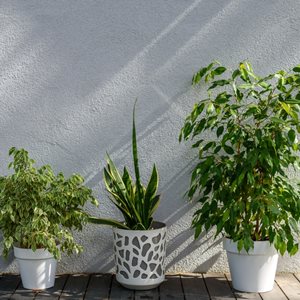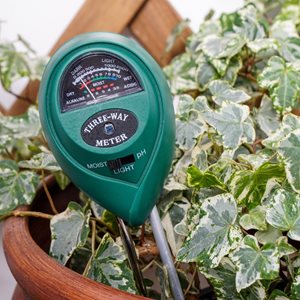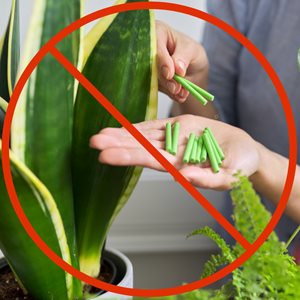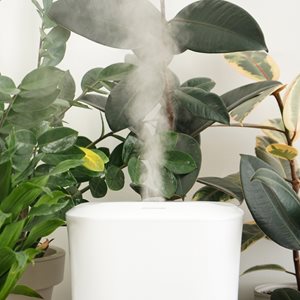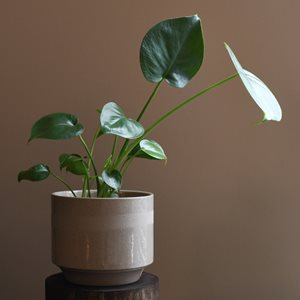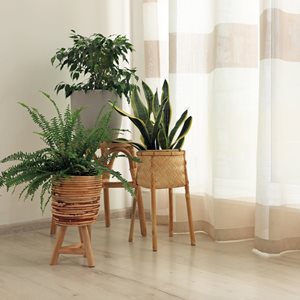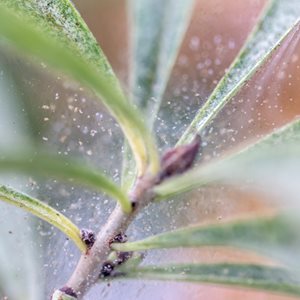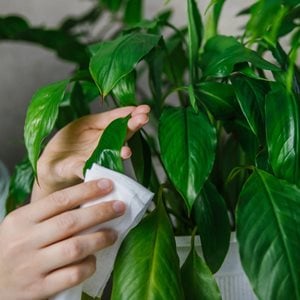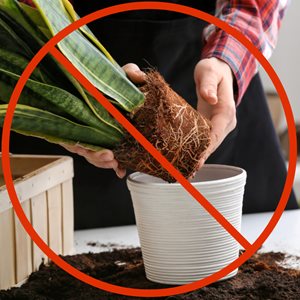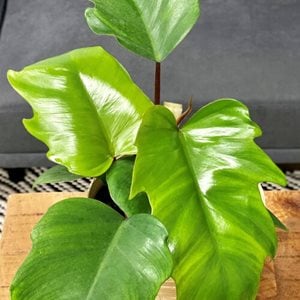10 Tips for Keeping Your Houseplants Healthy in Winter
Help your houseplants beat the winter blues by making these simple adjustments to your plant care routineHouseplants are often appreciated the most during the dead of winter, when we’re cooped up indoors and long to be surrounded by lush greenery. But just because houseplants grow inside in a controlled environment doesn’t mean their care needs don’t change when the seasons do.
It can be especially challenging to keep houseplants healthy and happy during the colder months because of less-than-favorable conditions, like drying indoor heat and dwindling daylight. Here are 10 tips for modifying your plant care routine to get your houseplants through the winter and ready to welcome spring.
See also: Houseplant Care: 12 Tips for Healthy Indoor Plants
1. Transition outdoor plants in
If you’ve been growing your houseplants outdoors during the summer, start moving them indoors once overnight temperatures start dropping below 55° F. To help ease the transition, acclimate your plants gradually by moving them into an unheated porch or garage at night and back outdoors during the day. If your plants have been enjoying a summer in the sun, help them get used to lower indoor light levels by placing them in a shady spot for a week or so. Before bringing any outdoor plant indoors, make sure it is pest-free by taking a close look at the leaves, stems, and soil.
Get more tips for moving plants indoors.
2. Cut back on watering
Although you may be tempted to water your houseplants more frequently in winter because of the dry indoor air, most of them actually do better with longer times between watering because they are growing more slowly. Not only should you cut back on the frequency of watering, but also on the volume, using less water than you normally would during the active growing seasons of spring and summer.
To help you determine when your plants need a drink, check the soil dryness with your finger or use a soil moisture meter. Other signs that your plants are thirsty include brown leaf tips and droopy foliage.
Another tip: Always use room-temperature water during your houseplant watering sessions. Anything too warm or cold can shock your plant and damage the roots.
3. Take a break from fertilizing
If you’re a negligent houseplant grower who tends to forget about fertilizing, you’ll actually be doing your plants a favor when winter arrives. Because most houseplants are semi-dormant during the winter months, using fertilizer to stimulate growth will prevent your plants from getting the beauty sleep they need. Just be sure to resume regular feedings in spring, as soon as you see signs of new growth.
4. Amp up the humidity
Many houseplants are native to the tropics and prefer high levels of humidity that are hard to achieve in a heated home. Running a humidifier in the room where your plants are growing is one option, but a simpler alternative is to place the pots in a tray or saucer filled with pebbles and water. As the water slowly evaporates, it will naturally raise the humidity around your plants. Just be careful not to submerge the bottoms of the pots in water because you don’t want to drown the roots.
Many houseplant growers try to boost the humidity by misting their plants frequently. Although this practice is unlikely to do any harm, it does little to raise the humidity for a substantial length of time. A better solution to is to move plants that crave high humidity from drier areas of your home into a well-lit bathroom or kitchen. The moisture evaporation from showers and cooking activities will provide a more substantial and long-lasting humidity boost.
5. Put them in the best light
To compensate for the lower angle of the sun and fewer hours of daylight during the winter, you may need to move your houseplants around to give them as much sun exposure as possible. Plants that require very bright light, such as succulents and cacti, will do best in a room that receives direct sunlight from a south-facing window. For plants that prefer medium or bright indirect light, move them to a spot in your home within a few feet of an east- or west-facing window.
If your plants still seem to be struggling and showing signs of light deprivation, such as spindly growth and yellowing leaves, consider investing in a grow light to help make up for the lack of light during this time of year.
Another tip: If your plants aren’t getting enough sunlight, you may also notice that they begin to lean or stretch toward the light source. To make sure your plants receive even light exposure, rotate your pots a quarter-turn every time you water.
6. Avoid temperature extremes
Most houseplants like the same indoor temperatures we do, about 70° to 75° F during the day and slightly cooler at night (60° to 65° F). Although normal temperature fluctuations are well-tolerated by most indoor plants, sudden blasts of hot or cold air can cause foliage damage, leaf drop, and even death upon prolonged exposure.
Keep houseplants away from heating vents, radiators, active fireplaces, and cold drafts entering through doorways and windows. If your plants are perched on a windowsill, make sure the foliage doesn’t touch the glass on cold days. At night, use a window shade or heavy curtain to block out cold drafts.
7. Be on the lookout for pests
Although houseplant pests can be a problem any time of year, their populations tend to explode during the fall and winter. Factors contributing to this seasonal surge include infested houseplants brought indoors after spending the summer outside, lower humidity levels, and overwatering, which is more common during the winter months.
Spider mites, in particular, thrive in the warm, dry conditions of a heated home. To spot a pest infestation early on, before it gets out of control, inspect your plants closely every time you water. Once pests get established indoors, they can multiply rapidly and be hard to get rid of.
Learn how to identify and treat the most common houseplant pests.
8. Dust the leaves
Because there’s less sunlight during the winter, it’s particularly important to keep your plant’s leaves free of dust so they can take in as much light as possible. Use whatever cleaning tools you have on hand, such as a soft microfiber cloth, feather duster, or damp sponge. For plants with downy or textured foliage, such as African violets, try using a soft-bristled paintbrush to dust off the leaves.
9. Hold off on repotting
Winter is not the best time to repot your houseplants because you don’t want to stimulate new growth during their rest period. If possible, hold off on repotting until spring, ideally until March or April. If you must repot, choose a new container that is no more than 2 inches in diameter larger than the current pot.
10. Add to your houseplant collection
January 10 is Houseplant Appreciation Day, and there’s no better way to celebrate than to add a few new colorful, flowering, or unique houseplants to your collection. Plants that bloom indoors in winter, such as cyclamen and Christmas cactus, are particularly uplifting at this time of year. A new houseplant can also be a good reminder to give all your plants the extra TLC they need to survive the season in good health.
